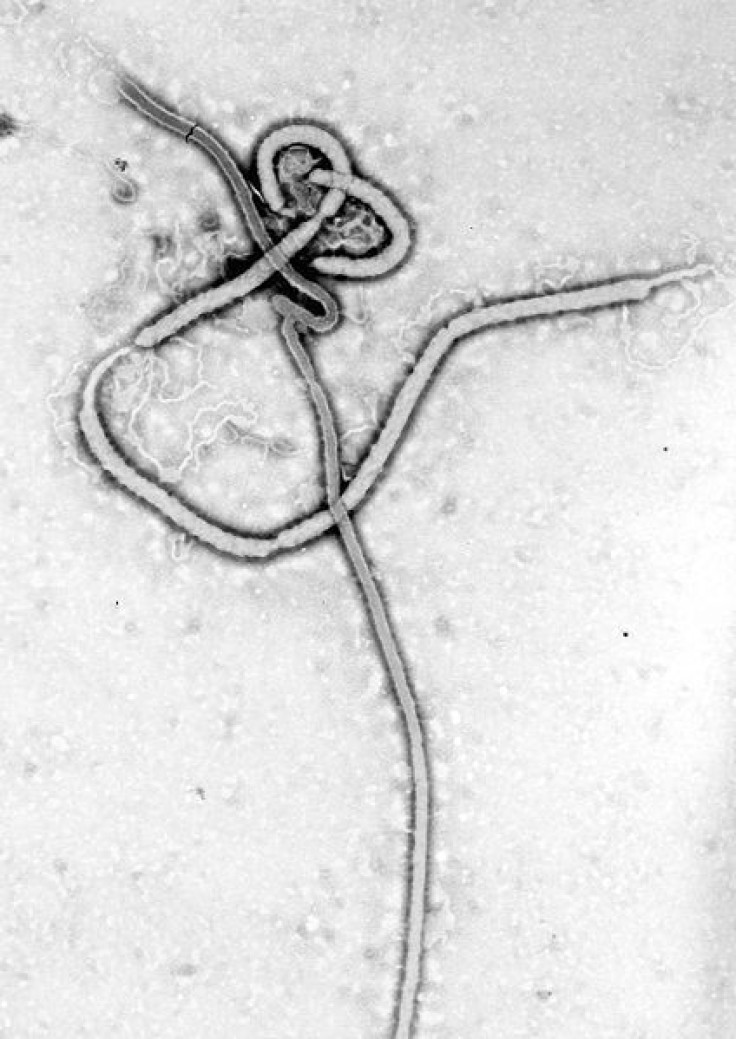Ebola Virus Drug In Reach, Scientists Target Protein That Spurs Deadly Infection

The dangerous Ebola virus is known for weakening its victims, leaving them bed-ridden and quarantined. During outbreaks, hospital doctors and staff have also died from the virus by the unfortunate transmission from patients.
Ebola has been an unresolved disease, with no known vaccines or therapies. But now researchers have uncovered exactly how Ebola's viral protein surreptitiously escapes the host cell and enters surrounding cells.
"Little research is available on how the Ebola virus buds from the plasma membrane of human cells," said Robert Stahelin, senior study author from Indiana University School of Medicine. "By shedding light on this process, our study will help us to identify potential drug candidates that could interfere with this step in the viral life cycle."
The Ebola virus consists of seven proteins. One of them, viral protein 40 (VP40), is responsible for providing the virus with a route out of the host cell in order to spur the deadly infection.
Researchers got a clue from past studies that located a region on the VP40 which penetrates membranes of surrounding cells. They probed this case further by designing vesicles that modeled the cell and its plasma membrane, then exposed the vesicles to VP40, and observed the activities under a microscope.
After uncovering exactly how the VP40 penetrated the vesicle, they targeted VP40's C-terminal domain, the region responsible for piercing the cell, and mutated it.
The mutation caused it to have a harder time infecting and piercing the membrane, potentially revealing new drug opportunities that stop the spread in cells, even cure the victim.
"Currently, we are trying to find small molecules that can inhibit VP40 interactions with the plasma membrane," Stahelin said. "This effort could lead to the discovery of potential drug candidates that could form the basis of much-needed therapies for this deadly virus."
Ebola is certain to kill nearly 90 percent of all victims it infects. The most recent outbreak was in Western Uganda last July and August that claimed the lives of 14 people, nine of the victims were from the same family and the remaining individuals were health officials and those treating the patients.
Beginning symptoms of the virus could be confused with the flu symptoms, such as high fever, muscle pain, and sore throat. However, as the infection spreads, the individual gets bloody diarrhea, even begins vomiting blood. Rashes and red eyes develop, followed by extensive internal and external bleeding. Recorded accounts of the virus say that the infection takes a deadly turn when black particles begin oozing out of the host's orifices, including the eyes and pores.
The study was published on May 7 by Cell Press in the Biophysical Journal.



























